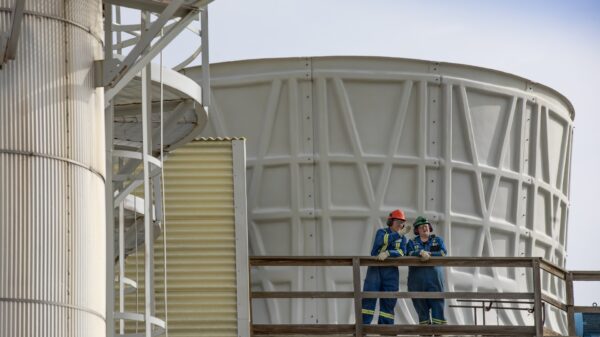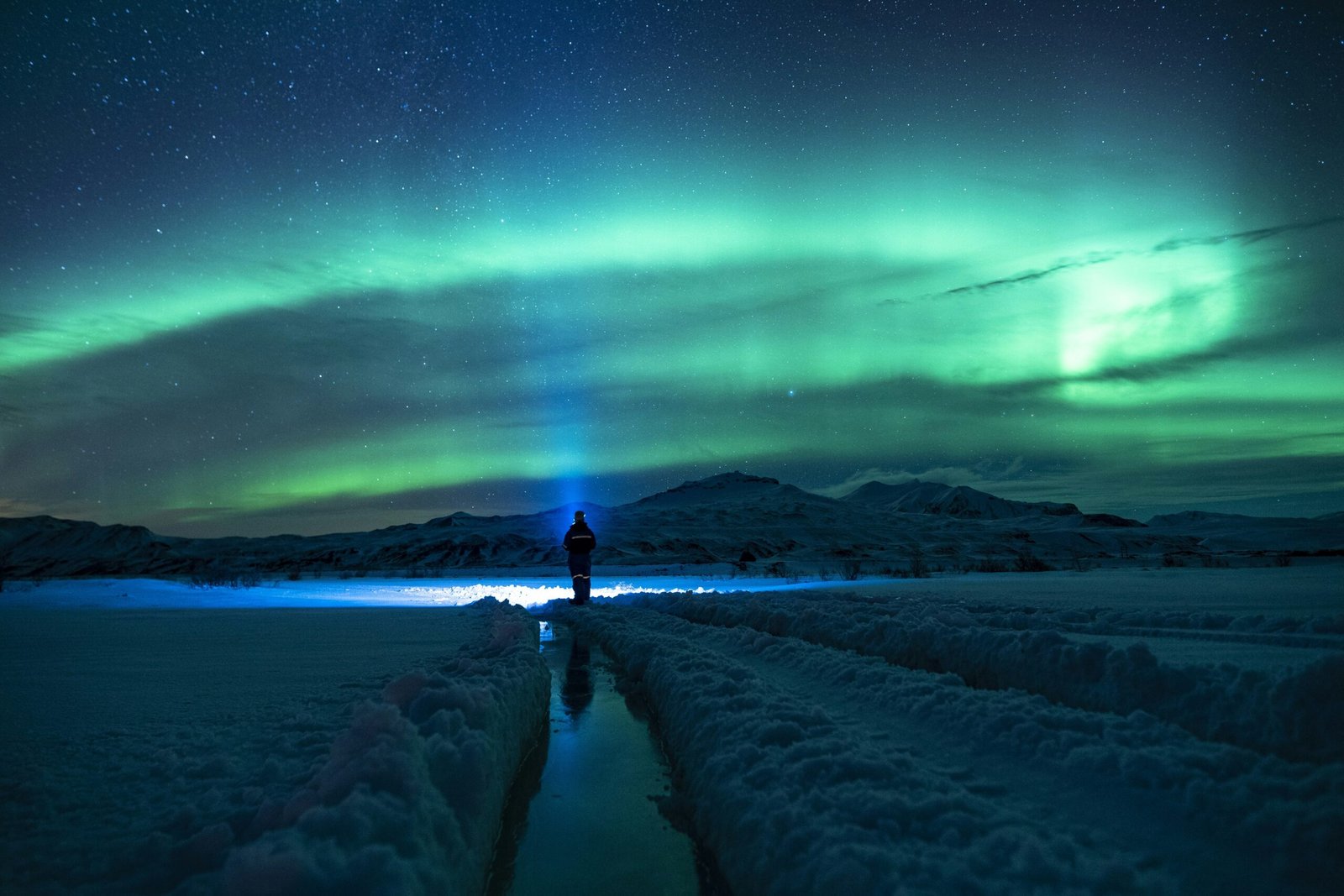Auroras Illuminate Night Skies Around the World
Auroras, also known as the Northern Lights or the Southern Lights, are a breathtaking natural phenomenon that illuminate the night skies with vibrant colors. These mesmerizing displays of light are caused by charged particles from the sun colliding with atoms in the Earth’s atmosphere. Recently, auroras have been observed in various parts of the world, captivating both locals and tourists alike.
The Science Behind Auroras
Auroras occur when the sun releases a burst of charged particles, known as solar wind, into space. These particles are then drawn towards the Earth’s magnetic field and directed towards the polar regions. As the charged particles enter the Earth’s atmosphere, they collide with atoms and molecules, causing them to emit light. The different colors seen in auroras are a result of the type of gas involved in the collision.
Typically, green is the most common color observed in auroras. This is caused by collisions with oxygen atoms at lower altitudes. At higher altitudes, collisions with oxygen atoms produce red and, occasionally, blue lights. Collisions with nitrogen molecules can also create purple, pink, and blue hues.
Auroras Around the World
Auroras are most commonly seen in the polar regions, near the Earth’s magnetic poles. In the Northern Hemisphere, they are called the Northern Lights or the Aurora Borealis. In the Southern Hemisphere, they are known as the Southern Lights or the Aurora Australis.
However, under certain conditions, auroras can be visible in regions closer to the equator. This is often referred to as a geomagnetic storm, which occurs when the Earth’s magnetic field is disturbed by a strong solar wind. During these storms, auroras can be seen in countries such as Canada, Norway, Sweden, Finland, Iceland, and Russia.
Recently, there have been reports of auroras being visible in unexpected locations. People in countries like the United States, Scotland, New Zealand, and even parts of South America have been lucky enough to witness these stunning displays of light.
How to Observe Auroras
If you’re interested in seeing an aurora for yourself, there are a few things you can do to increase your chances:
- Choose the right time: Auroras are more likely to occur during the winter months when the nights are longer. Additionally, the hours around midnight are often the best time to spot them.
- Find a dark location: Light pollution can make it difficult to see auroras, so try to find a spot away from city lights.
- Check the weather: Clear skies are essential for optimal visibility, so keep an eye on the weather forecast.
- Be patient: Auroras are a natural phenomenon and can be unpredictable. It may take some time before you spot one, so be patient and enjoy the experience of being under the night sky.
Remember, witnessing an aurora is a unique experience that can leave you in awe of the beauty of nature. So, if you have the opportunity, don’t miss the chance to see this incredible display of light in the night sky.




































